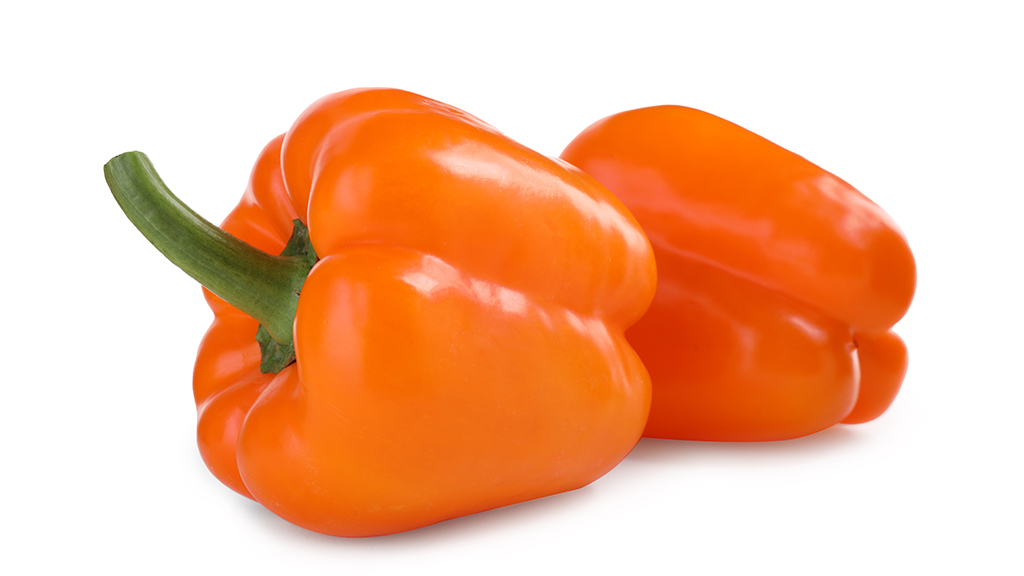Abstract
This illustrated, interrupted case study explores the genetic and molecular mechanisms leading to color variation in bell peppers. Students are introduced to the roles of several genes involved in the fruit maturation process, with a focus on the biochemical pathway responsible for producing carotenoid pigments. They then make predictions about phenotypic outcomes of particular mutations, propose hypotheses about the molecular basis for orange fruit color, and analyze data from a primary article to evaluate the strength of their hypotheses. Students extend their understanding of what a phenotype is and how dominance relationships between alleles can be rigorously defined. They also apply their knowledge of fundamental processes (e.g., transcription, translation, protein function) to both hypothetical and real-life examples and confront unexpected data that sometimes raise more questions than they answer. The case is presented as a PowerPoint slide deck with a set of student handouts. It also includes a pre-class preparatory reading with an associated quiz, and a set of sample assessment questions. Originally developed for a first-year biology class for majors, the case is also suitable for introductory genetics or molecular genetics courses.



